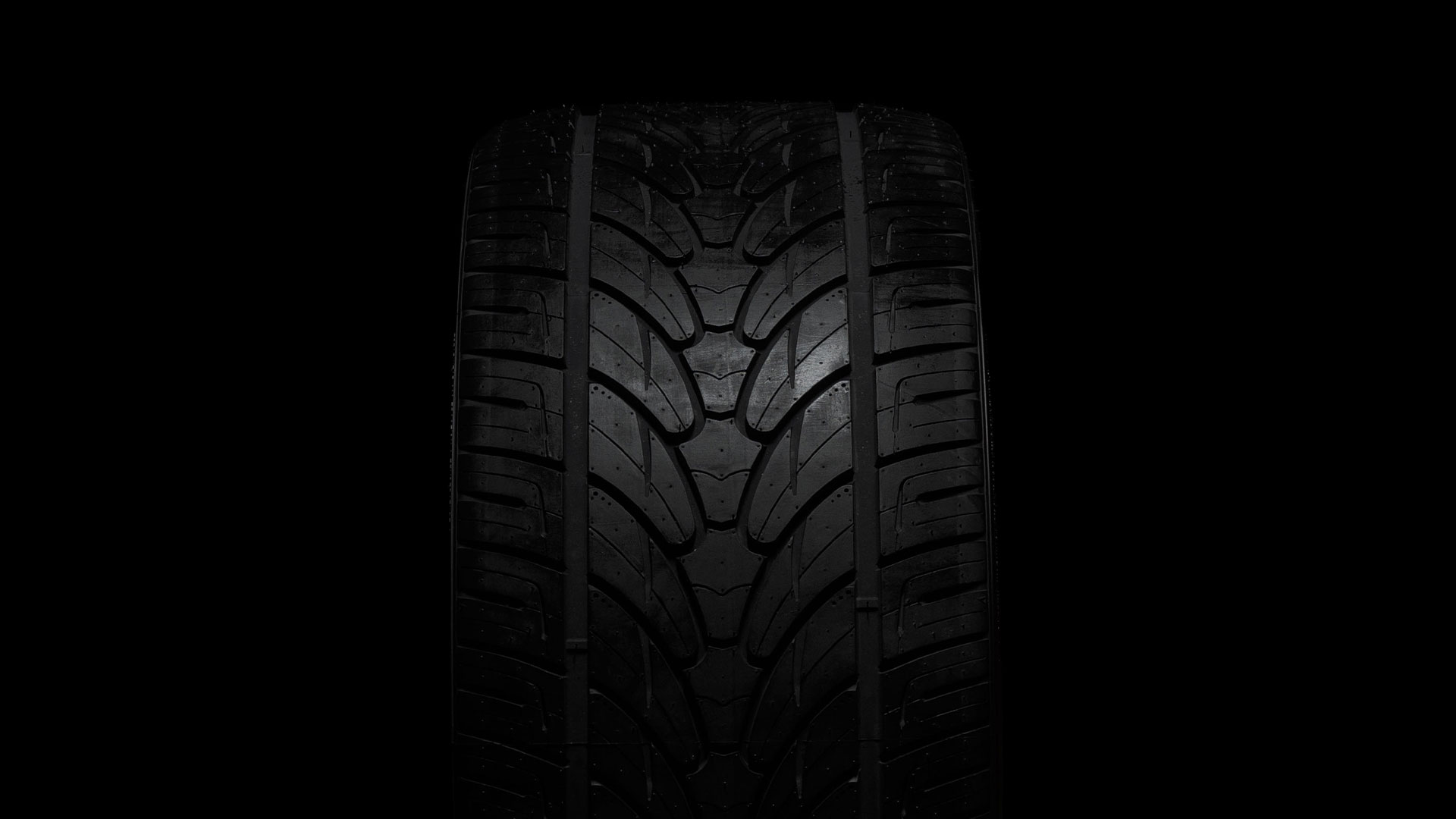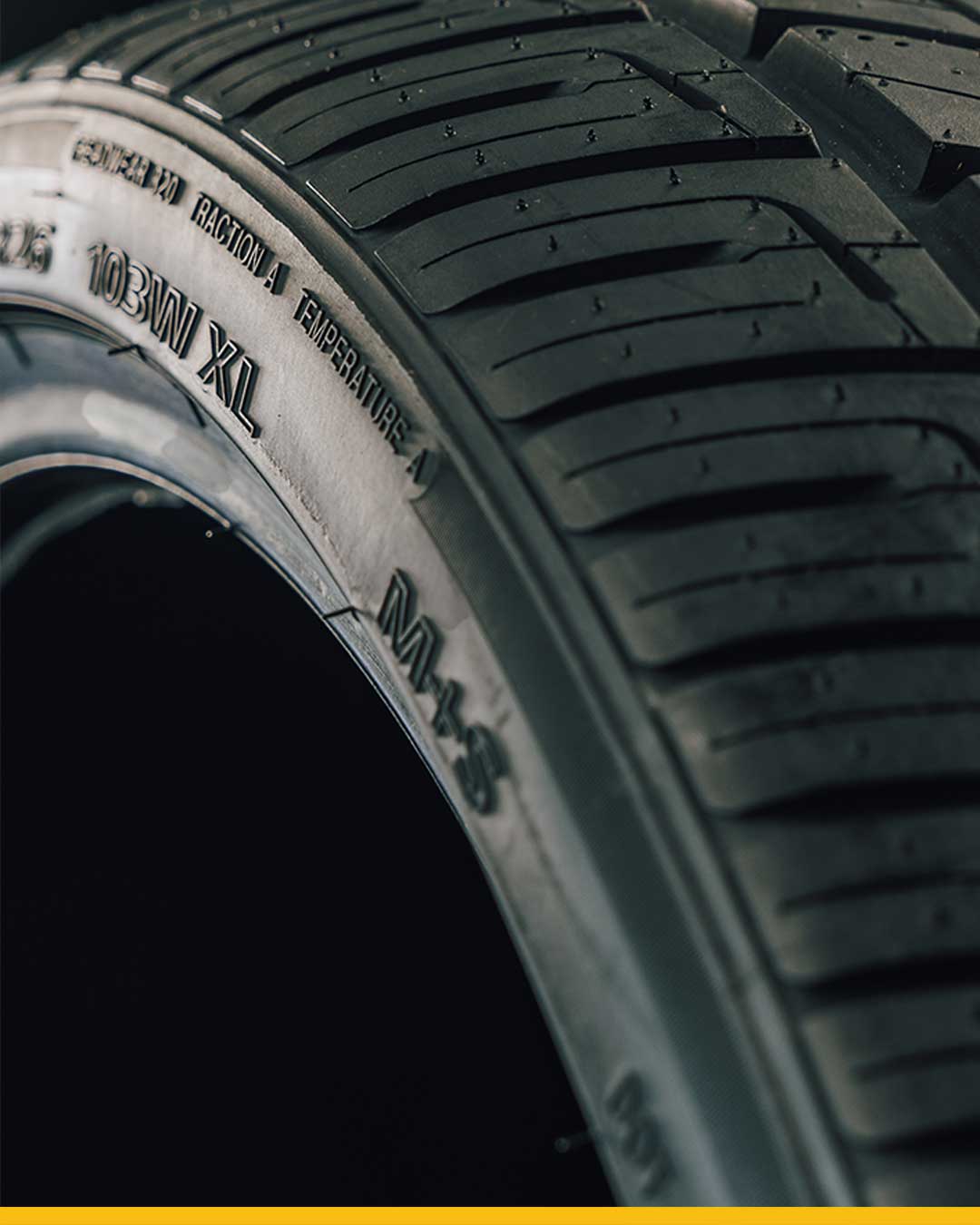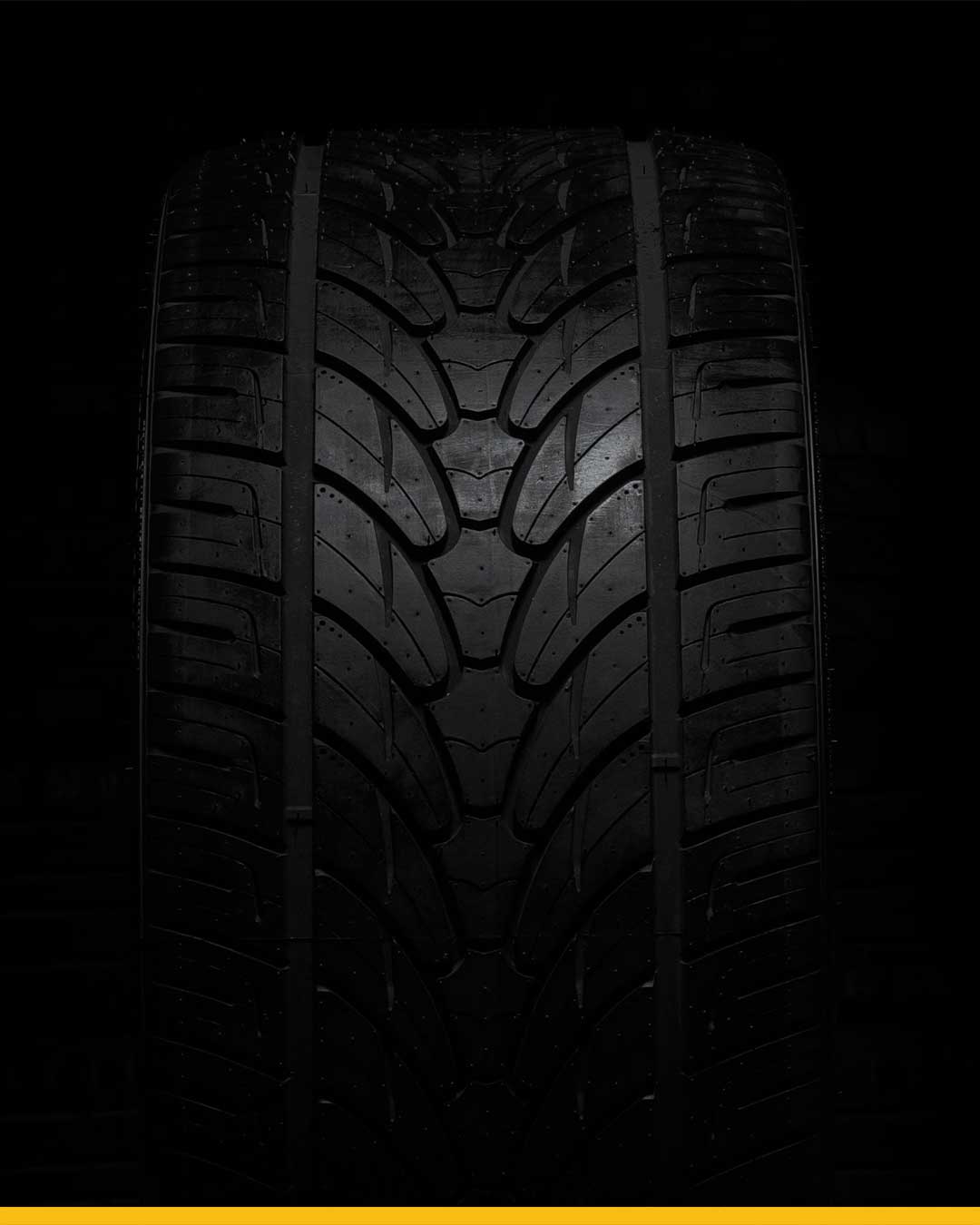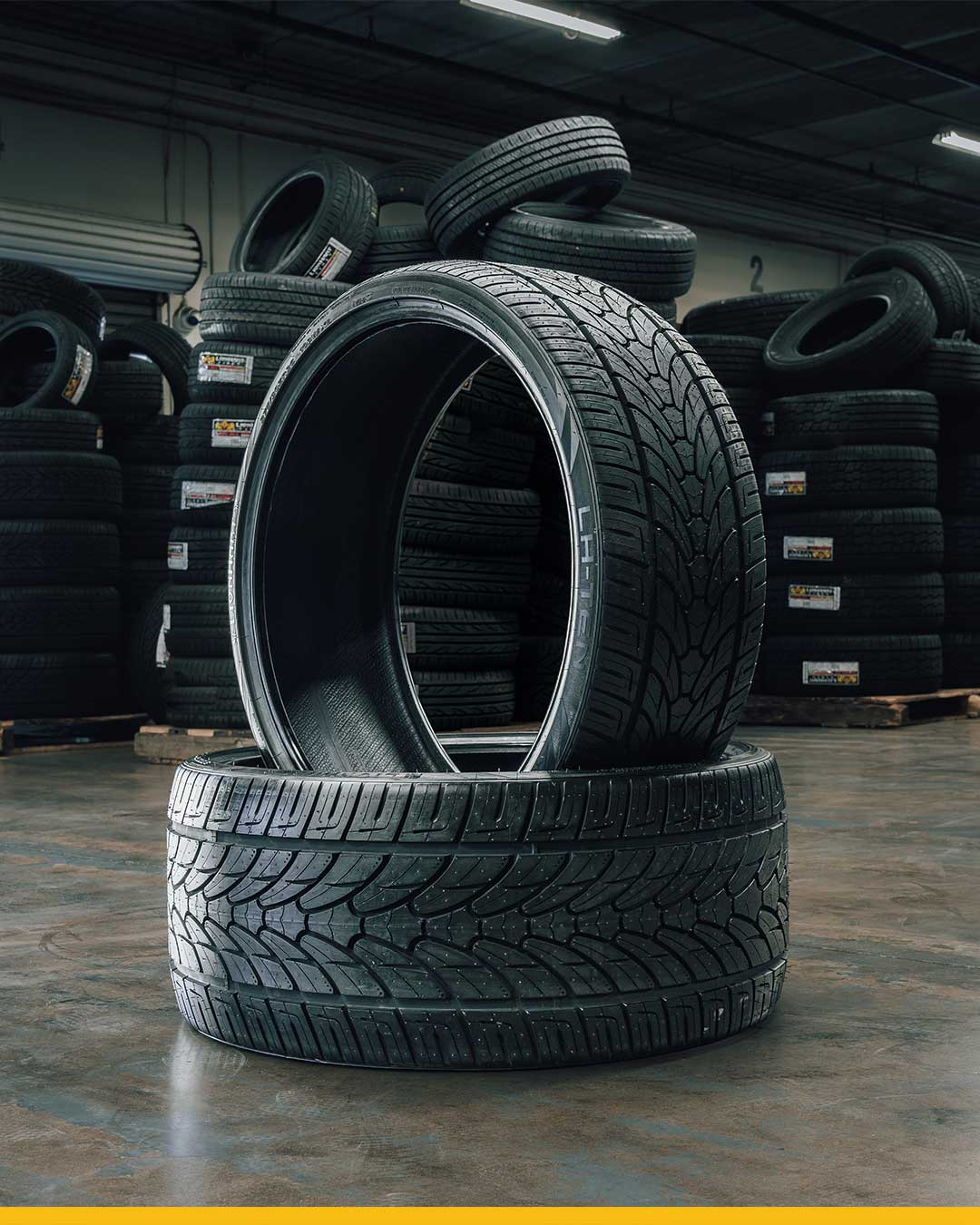How to Choose Tires
How do you know which tires to choose for your vehicle? There are a few things that need to be thought about before making a decision. At Lionhart Tires, we want to make the tire buying process as seamless as possible. Continue reading to learn how to choose the right tires.
Once you know what size tire fits your vehicle, the next step is to choose the right tire that meets your needs. To learn more about tire sizes, visit our How To Read a Sidewall guide here. There are many different types of tires, and although they may look similar, picking the correct type of tire can improve performance for different conditions and usages.
Ask yourself the following questions:
- What weather conditions do I often drive in? What possible driving situations may I encounter in these conditions?
- Where do I drive? City roads, long highways, or forest paths require different performance characteristics.
- What is my driving style? Do I prefer more road feel or do I prefer a softer and more quiet ride?

Weather Conditions

Tires are an important factor when it comes to driving safety. Weather conditions such as rain, heat, snow, and ice can impact how well a tire performs. In order to stay safe, you will need to buy tires that will perform in not only the best driving situations given your geographic location, but also in the worst. That said, in most areas of the country, all-season tires are likely sufficient and should meet your tire requirements.
Warm Weather & Dry Conditions
If you live and drive in the Sun Belt region of the country, opting for all-season or summer tires is a viable choice. Because the environment in this region is generally hot and dry, consider tires with high dry-braking performance.
States in the Sun Belt region include Alabama, Arizona, Arkansas, California, Florida, Georgia, Louisiana, Mississippi, New Mexico, Nevada, North Carolina, South Carolina, Tennessee, Texas, and Utah.

Cold Weather & Wet Conditions

If you live and drive in an area that has colder climate and rainy weather, consider tires with optimal wet traction performance. All-season tires with a UTQG rating of AA or A are ideal for wet driving conditions.
Icy & Snowy Conditions
If you live and drive in Northern areas or the Snow Belt region of the country, it is likely that you rely heavily on your vehicle to safely transport you in snowy and icy conditions. You may want to consider using dedicated winter tires or all-season tires with a Three-Peak Mountain Snowflake (3PMSF) symbol. This symbol certifies that they are rated for severe snow driving conditions. Additionally, if you also drive in icy conditions, ensure that your tires have a high level of ice-braking performance.

Road Conditions
Where you drive your vehicle is important to determine the best type of tire for your needs.
Typically, most tires are suitable if your primary usage is commuting and running errands. It is generally a good idea to choose a tire based on the vehicle type (Car, CUV, SUV, Truck) and how you want the car to perform (sporty, balanced, comfortable).
Some things to consider are: braking distance, tread life and longevity, and fuel economy.
Many tire types are also suitable for work-related vehicles. Usually in this scenario, the type of tire you choose may depend on the terrain you plan to drive on; such as mostly highway, off-road, etc. Another factor to consider when buying tires for a work vehicle is load rating, especially if you plan on towing or hauling.
Some things to consider are: braking distance, ride comfort, and handling.
Additionally, if you drive on unpaved roads or in off-road situations, you may want to consider all-terrain tires.

Driving Style
Lastly, it is important to consider how you plan on driving your vehicle. We highly recommend looking for tires that match the way you enjoy driving.
If you prefer a quiet and comfortable ride, look for tires that mention comfort, smoothness, and low road noise. Generally speaking, tires with lower speed ratings are optimized for comfort and low road noise. That said, keep in mind that you should not go below the speed rating specified by the vehicle manufacturer.
If you prefer a more precise and engaging drive, we suggest looking for tires that mention exceptional handling, steering response and traction. These types of tires are typically referred to as high-performance or ultra-high performance, and boast higher speed ratings.




